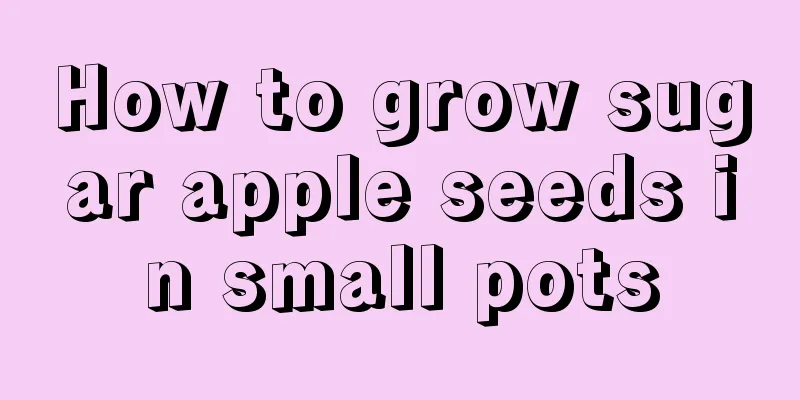How to grow peanuts to get high yield?

|
Peanut is a unique dicotyledonous plant that blooms above ground and its fruit matures underground, so it is also called "groundnut". It is also popular for its rich nutritional value and is known as the "immortality fruit". In order to increase the yield of peanuts and thus increase the economic benefits of planting, let’s learn together how to grow peanuts to achieve high yields. 1. Seed selection Choose peanut varieties suitable for local soil and climatic conditions to ensure seed stability and vigor. 2. Land preparation Select fertile sandy loam and implement a crop rotation system with leafy crops. Carry out fine land preparation and apply basal fertilizer mainly, supplemented with root fertilizer during the flowering period to ensure sufficient and deep fertilization. 3. Seed treatment Shell the seeds 15 to 20 days before sowing and dry the seeds for 2 to 3 days before shelling. Select seeds with full, undamaged grains and coat them with seed dressing or fertilizer . 4. Planting seeds When sowing in the open field, ensure that the ground temperature is not lower than 13℃. When sowing under film, the temperature must be above 15℃. Pay attention to soil moisture, control the sowing density to 8,000 to 10,000 holes per mu, and use double-seed sowing. Adjust the sowing depth according to the soil texture, adopt the ridge-forming and film-covering sowing mode, and use the seeder to complete multiple processes at one time. 5. Field management After sowing, check the emergence of seedlings regularly to prevent damage to the ground film. After the seedlings emerge, they should be removed in time, and if there are missing seedlings, they should be germinated and replanted in time. Pay attention to the prevention and control of diseases and pests in the seedling stage, and increase the amount of water during the flowering period and when the fruit needles are buried in the soil to avoid waterlogging in the field. Carry out root soiling and inter-row weeding in a timely manner to control vigorous growth of plants, and spray foliar fertilizer appropriately when the peanut fruits are full. 6. Harvest at the right time When the above-ground part of the plant stops growing, the lower leaves fall off, the upper leaves turn yellow, and the underground pods have clear reticular patterns, the fruits are plump, and the shells harden, it can be harvested. The above are the key points for high-yield cultivation of peanuts. By following these steps, you can increase the yield and quality of peanuts and thus obtain higher planting benefits.
|
>>: Osmanthus tree cultivation time
Recommend
How to prune a maple tree
Maple tree pruning time Green maple trees are usu...
How to Plant Pumpkin Seeds
Pumpkin Seed Planting Time Pumpkin seeds are suit...
How to grow large-leaf gardenia
soil Large-leaf gardenia has strict requirements ...
How to plant Paulownia trees and how to keep them alive
1. Choose good varieties When planting, choose th...
What to do if Phalaenopsis leaves have black spots
1. Proper sunshade Reason: Phalaenopsis cannot be...
How long does it take for Pyracantha to bear fruit?
Pyracantha has been planted for several years. Ge...
What are the breeding methods and precautions for succulent peach eggs?
Growth habits of succulent peach egg The peach eg...
Do I need to prune all the jasmine branches in spring?
1. Prune all branches? Jasmine is best pruned in ...
How to deal with the newly bought money tree
1. Pre-potting treatment A newly purchased money ...
Where is the planting condition and climate requirement for tangerine suitable for planting?
Tangerine planting conditions The growth, develop...
Precautions for the maintenance and management of tree roses in winter (how to prune the crown of tree roses)
1. Winter management of tree roses Winter managem...
Can the Jadeite be hydroponically cultivated? Is hydroponics or soil cultivation better?
Can Jasper be hydroponically cultivated? The Jade...
Notes on repotting jasmine: potted jasmine needs to be repotted and soil changed every year
Things to note when repotting jasmine Jasmine nee...
Cultivation methods and precautions of Begonia truncatula
Growth habit If you want to grow this unique plan...
What should I do if the leaves of the Smooth Sailing flower become soft?
In the process of flower care, drooping or limp l...









